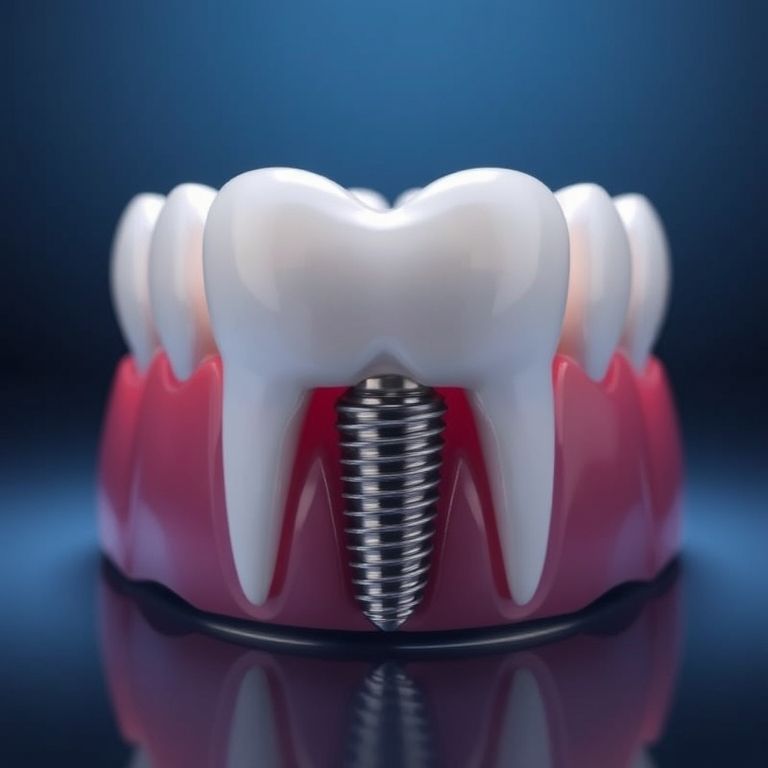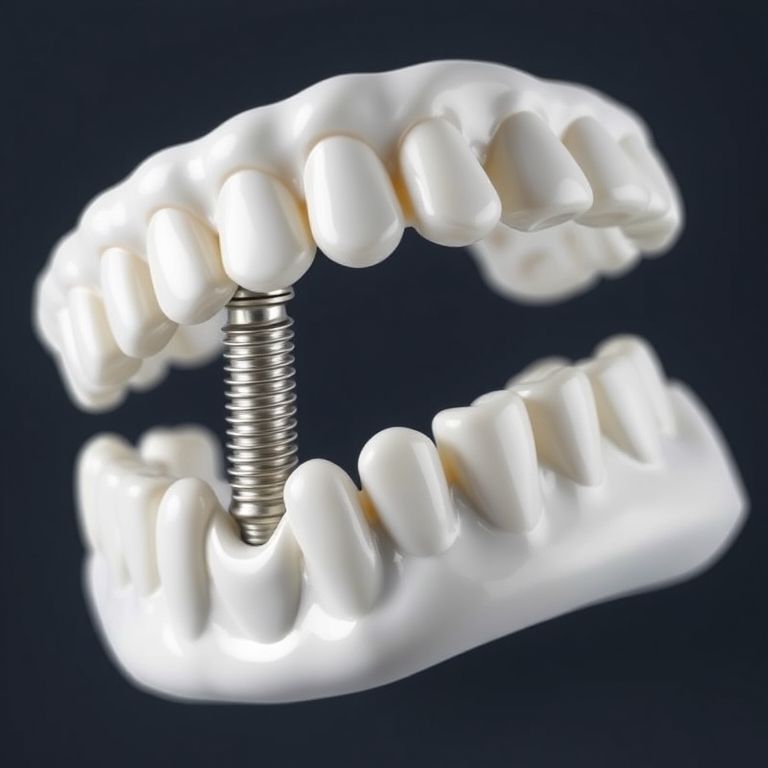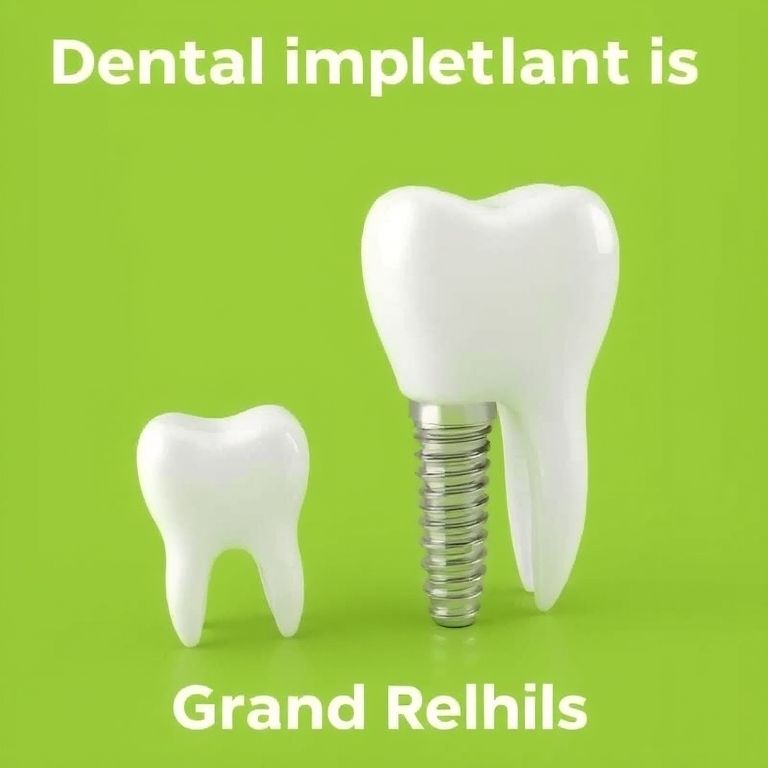Average Cost of Lower Dental Implants
Dental implants have revolutionized the field of dentistry, offering a permanent solution for missing teeth that looks, feels, and functions like natural teeth. Among the most common types of dental implants are lower dental implants, which are specifically designed to replace missing teeth in the lower jaw. However, one of the most pressing questions for anyone considering this procedure is: What is the average cost of lower dental implants?
This article delves deep into the world of lower dental implants, exploring everything from the factors that influence their cost to the step-by-step procedure involved. Whether you’re considering dental implants for yourself or simply want to learn more, this guide provides a comprehensive overview to help you make an informed decision.

2. Understanding Dental Implants
What Are Dental Implants?
Dental implants are artificial tooth roots made of biocompatible materials like titanium. They are surgically placed into the jawbone to support a crown, bridge, or denture. Unlike traditional dentures, implants are fixed in place, providing a stable and long-lasting solution for missing teeth.
Types of Dental Implants
- Endosteal Implants: The most common type, placed directly into the jawbone.
- Subperiosteal Implants: Placed under the gum but above the jawbone, ideal for patients with insufficient bone height.
- Zygomatic Implants: A less common option, placed in the cheekbone for patients with severe bone loss.
Benefits of Dental Implants
- Improved appearance and confidence
- Enhanced chewing and speech capabilities
- Long-lasting and durable
- Prevents bone loss in the jaw
3. Factors Influencing the Cost of Lower Dental Implants
The cost of lower dental implants can vary significantly based on several factors:
Material Costs
- Titanium Implants: The most common and affordable option.
- Zirconia Implants: A premium, metal-free alternative that is more expensive.
Geographic Location
The cost of dental implants can vary widely depending on where you live. For example, implants in the United States are generally more expensive than in countries like India or Mexico.
Dentist’s Expertise and Reputation
Experienced and highly-rated dentists or oral surgeons often charge more for their services.
Pre- and Post-Operative Care
- Diagnostic tests (X-rays, CT scans)
- Follow-up appointments
- Medications and aftercare supplies
Additional Procedures
- Bone Grafts: Required if the jawbone is too thin or soft.
- Sinus Lifts: Needed if the sinuses are too close to the jawbone.
4. Average Cost of Lower Dental Implants
Cost Breakdown by Country
| Country | Average Cost per Implant (USD) |
|---|---|
| United States | 3,000−3,000−6,000 |
| United Kingdom | 2,500−2,500−5,000 |
| India | 800−800−1,500 |
| Mexico | 1,000−1,000−2,000 |
| Australia | 3,000−3,000−7,000 |
Cost Comparison: Implants vs. Other Tooth Replacement Options
- Dentures: 600−600−1,500 per arch
- Dental Bridges: 1,500−1,500−5,000
- Implants: 3,000−3,000−6,000 per tooth
5. Insurance and Financing Options
Dental Insurance Coverage
Most dental insurance plans cover a portion of the cost of implants, but coverage varies widely. Be sure to check with your provider.
Payment Plans and Financing
Many dental clinics offer payment plans or work with third-party financing companies to make implants more affordable.
6. Risks and Complications
Common Risks Associated with Dental Implants
- Infection at the implant site
- Nerve damage
- Implant failure
How to Minimize Risks
- Choose a qualified and experienced dentist
- Follow all pre- and post-operative instructions
- Maintain good oral hygiene
7. How to Choose the Right Dentist or Specialist
Questions to Ask Your Dentist
- How many implant procedures have you performed?
- What is your success rate?
- Can I see before-and-after photos of previous patients?
Red Flags to Watch Out For
- Unwillingness to answer questions
- Lack of credentials or certifications
- Pressure to make a quick decision
8. The Dental Implant Procedure: Step-by-Step
Initial Consultation
- Comprehensive examination
- Discussion of treatment options
Surgical Procedure
- Placement of the implant
- Healing period (3-6 months)
Recovery and Aftercare
- Pain management
- Follow-up appointments
9. Real-Life Experiences and Testimonials
Hearing from others who have undergone the procedure can provide valuable insights. Many patients report improved quality of life and satisfaction with their implants.
10. Conclusion
Lower dental implants are a life-changing solution for missing teeth, offering both functional and aesthetic benefits. While the cost can be significant, the long-term advantages often outweigh the initial investment. By understanding the factors that influence cost and exploring financing options, you can make an informed decision that suits your needs and budget.
11. FAQs
Q: How long do lower dental implants last?
A: With proper care, dental implants can last 20-30 years or even a lifetime.
Q: Does the procedure hurt?
A: The procedure is performed under anesthesia, so you won’t feel pain during the surgery. Some discomfort during recovery is normal.
Q: Can anyone get dental implants?
A: Most people are candidates, but a thorough evaluation is necessary to determine suitability.
12. Additional Resources
- American Academy of Implant Dentistry
- National Institute of Dental and Craniofacial Research
- WebMD: Dental Implants Guide


